Unlock Your Studio’s Potential: Choosing the Right Audio Interface
Choosing the right audio interface can significantly enhance a studio’s sound quality and functionality. This guide offers essential steps to help individuals determine their needs, set a budget, research brands, and understand the importance of testing before making an investment.
What’s Needed to Get Started?
Define Your Needs: What Do You Really Want?
Are You Just Recording Vocals or Full Bands?Identify specific recording requirements. Determine if recording with multiple instruments or vocalists simultaneously is essential. If so, look for an interface with 4 or more inputs.
Consider MIDI capabilities. For those who want to integrate synthesizers or MIDI controllers, an interface with MIDI in/out ports is necessary. This connectivity allows for seamless interaction between devices, facilitating a productive workflow.
Assess preamp quality. High-quality preamps enhance sound clarity and performance. If recording vocals or acoustic instruments is a priority, prioritize interfaces praised for their preamp quality.
Explore your software compatibility. Ensure the interface supports the digital audio workstation (DAW) you plan to use. This compatibility ensures a smooth setup process.
By clearly defining these needs, individuals can streamline their search and select an interface that truly supports their creative projects.
Set Your Budget: Quality Doesn’t Have to Break the Bank
How Much Should You Really Spend?Establish a price range. Before diving into the market, determine a realistic budget for the audio interface, considering both essential features and long-term investment. Ranges typically start from $100 for entry-level models to $1,500 or more for high-end options.
Balance features and cost. Look for interfaces that offer good value without compromising quality. For example, a reliable model like the Focusrite Scarlett 2i2 provides excellent preamps and MIDI connectivity, often around $160.
Avoid overspending on unnecessary features. If recording only one vocal track at a time, there’s no need to invest in an interface with multiple inputs.
Utilize sales and promotions. Keep an eye out for discounts during major events like Black Friday or end-of-season sales to save on quality gear.
By effectively budgeting, one can find an audio interface that meets both their needs and financial considerations.
Research Brands: Who’s Who in Audio Interfaces?
Which Brands Are Worth Your Time?Investigate trusted brands. Not all audio interfaces are created equal. Begin by exploring reputable brands known for their quality and reliability. Companies like Focusrite, PreSonus, and MOTU consistently receive positive feedback from users.
Read user reviews. Check community forums, online marketplaces, and musician websites. These sources can provide insight into real-world experiences. For instance, the Focusrite Scarlett series is praised for its durability and sound quality, making it a favorite among home studio enthusiasts.
Consider specialized offerings. Some brands excel in specific features. For example, Universal Audio interfaces are renowned for their superior preamps and built-in DSP processing, ideal for professionals seeking top-tier audio fidelity.
Balance brand reputation and personal experience. While reputation matters, it’s also crucial to find a brand that resonates with personal needs and workflow preferences. By thoroughly researching brands, individuals can confidently identify the most reliable audio interfaces for their projects.
Test Before You Invest: The Importance of Hands-On Experience
Why Listening First Can Save You Money!Visit a local music store. Always try to test audio interfaces in person. Reach out to the nearest music store and explore their selection. Experience allows you to hear sound quality and assess build comfort firsthand.
Experiment with different models. Don’t hesitate to ask a sales associate for recommendations. Plug in your instruments or play some audio tracks to gauge performance. For example, if testing a Universal Audio Apollo, listen for warmth in the sound and the clarity of the preamps.
Evaluate user interface. Take time to navigate the software and physical controls. A well-designed interface, such as the Native Instruments Komplete Audio, should feel intuitive, minimizing the learning curve while maximizing productivity.
Check compatibility. Connect the interface to your laptop to confirm that it works smoothly with your DAW. Testing compatibility ensures no surprises post-purchase. By prioritizing hands-on experience, individuals can make informed choices, ensuring their investment suits their needs perfectly.
Make Your Choice: Elevate Your Sound Today!
By following these steps, users can confidently select the best audio interface to enhance their studio’s sound quality and recording capabilities. Encourage your journey into the world of audio—try out your choice and share your results with fellow enthusiasts!


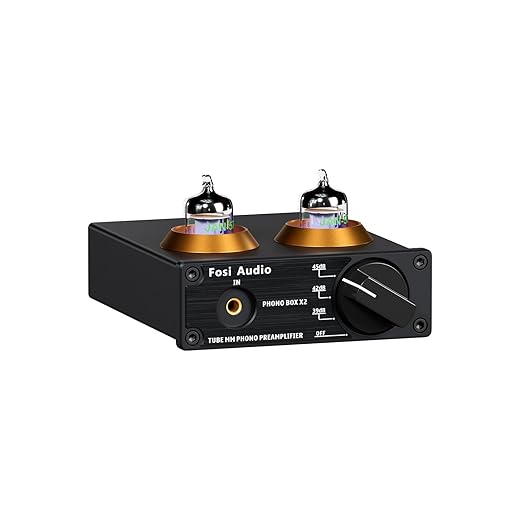
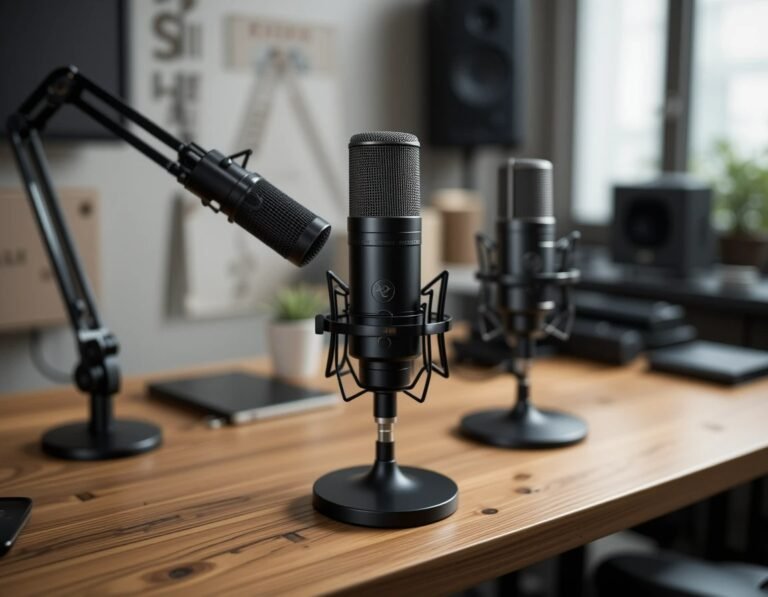
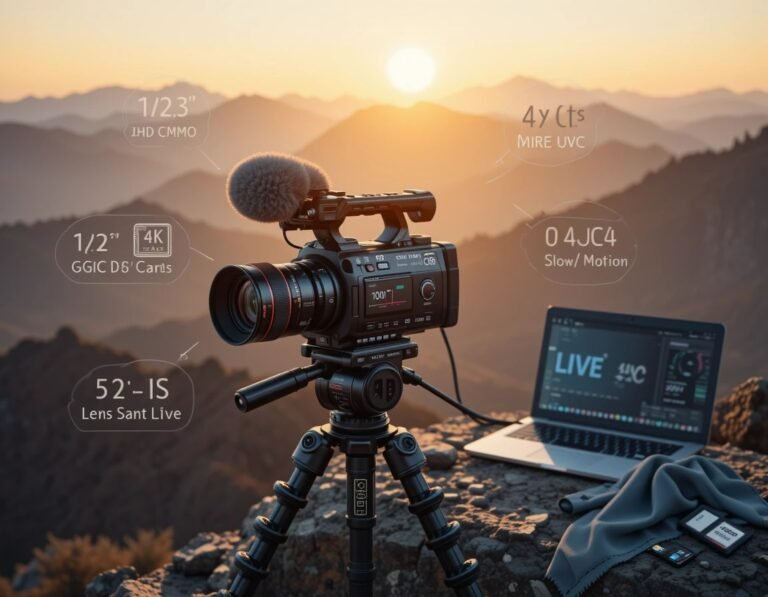
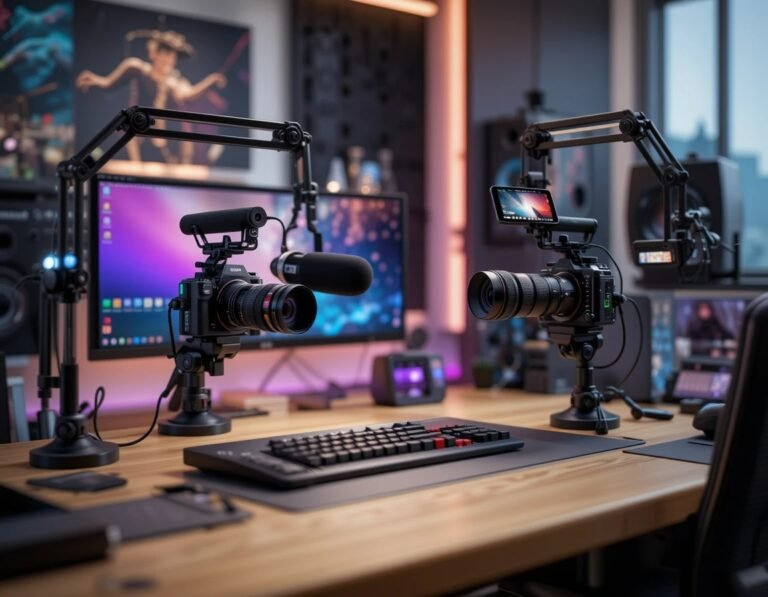

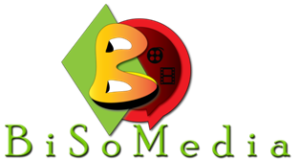
I think I’m leaning towards the cheaper options now after reading this. I used to think you had to spend big to get good gear—glad to know that’s not true!
For sure! I’ve made some great tracks with budget-friendly gear!
Absolutely! There are so many affordable options that don’t compromise on quality.
I’ve been stuck between a couple of models for ages. This guide might just help me make a decision. Anyone have thoughts on the Behringer interfaces?
Behringer offers budget-friendly options, but the quality can be hit or miss. Make sure to check reviews!
I’ve heard mixed things about them. For the price, they can be decent, but definitely test before buying.
Wow, this guide really opened my eyes! I had no idea how many options were out there for audio interfaces. I always thought they were just for professionals, but now I’m thinking about setting up my own little home studio. Thanks for breaking it down! 🎶
Totally agree! I was overwhelmed at first, but this guide made it seem way more manageable. What kind of music do you want to create?
So glad you found it helpful, Lisa! Setting up a home studio is such an exciting journey. Let us know if you have any specific questions!
This guide is so comprehensive! I really appreciate the step-by-step approach. Makes it less daunting. I’m still debating between a USB and Thunderbolt interface. Any suggestions?
I’d go for Thunderbolt if you can afford it. It’s definitely faster!
USB interfaces tend to be more affordable, while Thunderbolt offers lower latency. It depends on your setup!
I’m really curious about the testing part. How do you know if the interface is good quality? Is it just the sound?
Great question! Listen for clarity and depth in sound, and make sure the build quality feels solid.
Also, check the compatibility with your DAW. Some work better with certain software.
Thanks for this. I’m just starting and felt totally lost. This guide made it feel achievable! Excited to pick my interface now!
Welcome to the club! You’re gonna love it. Let us know what you end up choosing!
Happy to hear that, Anna! Enjoy the process of picking your gear!
I really appreciate the section on brand research. I didn’t even know some brands existed! I’ll definitely do more digging before I decide.
That’s the spirit, Chloe! Researching brands will help you avoid buyer’s remorse.
Yeah, it makes a big difference! Getting to know the brands really helps.
I’m on a tight budget, so the section about setting budget was super useful. Can anyone recommend a good interface under $200?
I’ve heard the PreSonus AudioBox USB is solid and affordable! I think it’s around $99.
Definitely! There are some great options out there. Focusrite Scarlett is often recommended.
Hands-on testing is key! I went to a local store and tried a few out. Best decision ever. You really get a feel for what works for you. Plus, it’s fun! 😄
Testing is the best! I could tell right away some just felt way better than others.
Love that you took the time to test them out, Jake! It’s a great way to ensure you make the right choice.
I’m so confused with all these brands! Can someone explain the difference between Focusrite and Presonus? They seem really similar to me.
Great question, Sophia! Focusrite generally has a more user-friendly interface, while Presonus has some great bundled software.
I think it also depends on what you’re using it for. Focusrite is great for vocals, while Presonus has some cool features for live recording.
I love that you guys included the importance of testing! I sometimes feel like I’m just winging it when I buy gear. 😅 Any tips on what to focus on when testing?
Definitely check the latency too! Nothing worse than a delayed signal!
Absolutely! Pay attention to the preamps and how the interface feels with your DAW.
This guide is just what I needed. I never knew about different brand reputations until now. Any thoughts on the MOTU interfaces?
MOTU makes some great interfaces! They’re known for their low latency and high quality.
I’ve had a good experience with MOTU! Their drivers are solid too.
Testing before you invest is such a good point. I thought I could just order online, but I realized I needed to hear it for myself. Anyone else have a similar experience?
I went through the same thing. It’s a game changer when you test it out.
Totally understand, Kyle! It’s all about finding what fits your sound.
This part about defining your needs is crucial! I made the mistake of buying a super expensive interface when all I needed was something simple for recording vocals. Lesson learned! 🤦♂️
Thanks for sharing your experience, Tom! It’s so important to assess your needs first.
Same! I ended up with a fancy one with all these features I never use. Wish I had read this guide before!